FINAL PROJECT REPORT: Measuring Cowpea Consumption
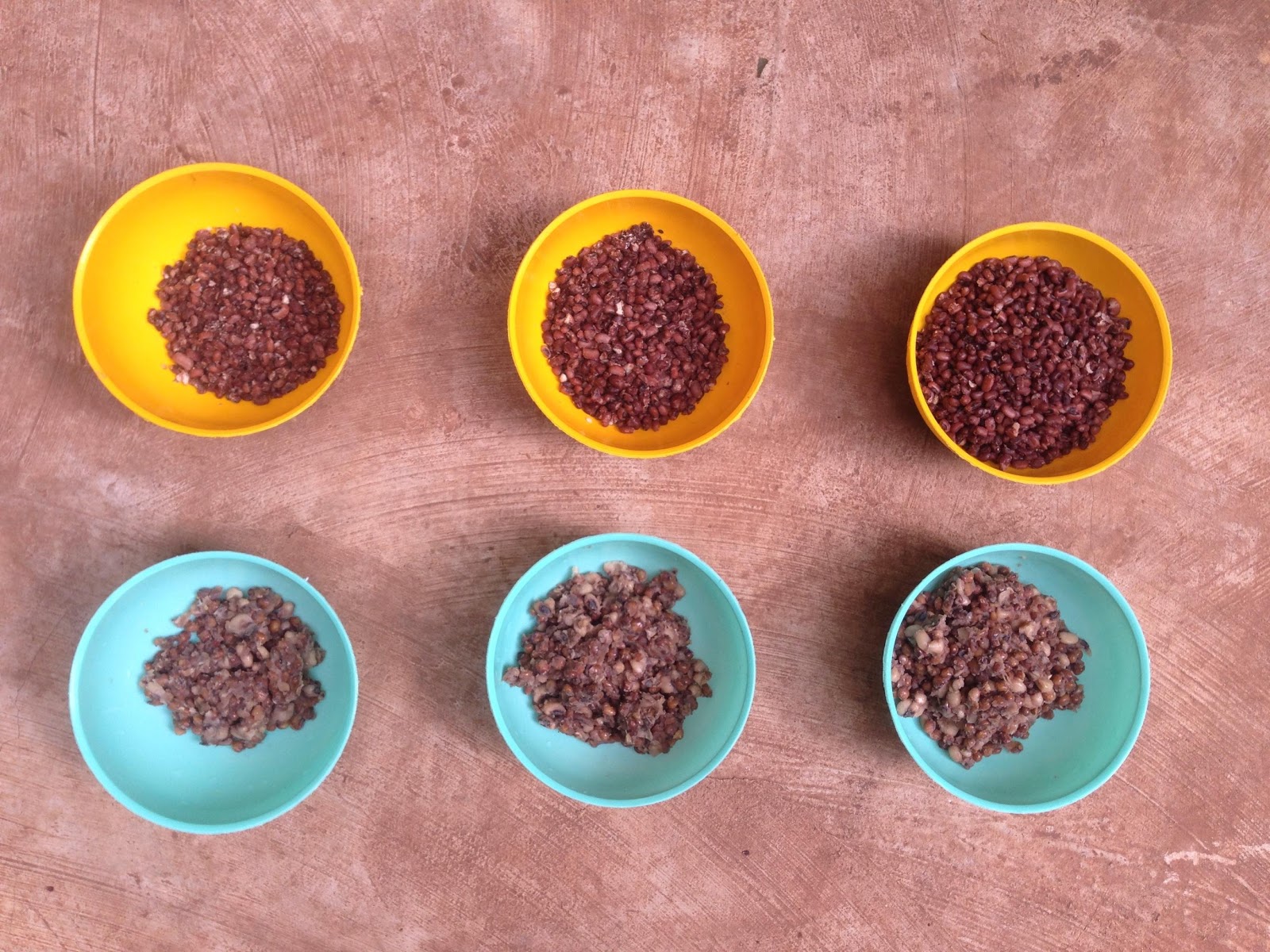
Initial Activity 7: Measuring Cowpea Consumption
Dr. Mark Manary
Washington University in St. Louis School of Medicine
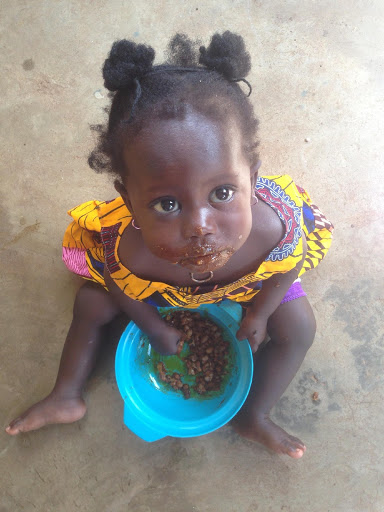
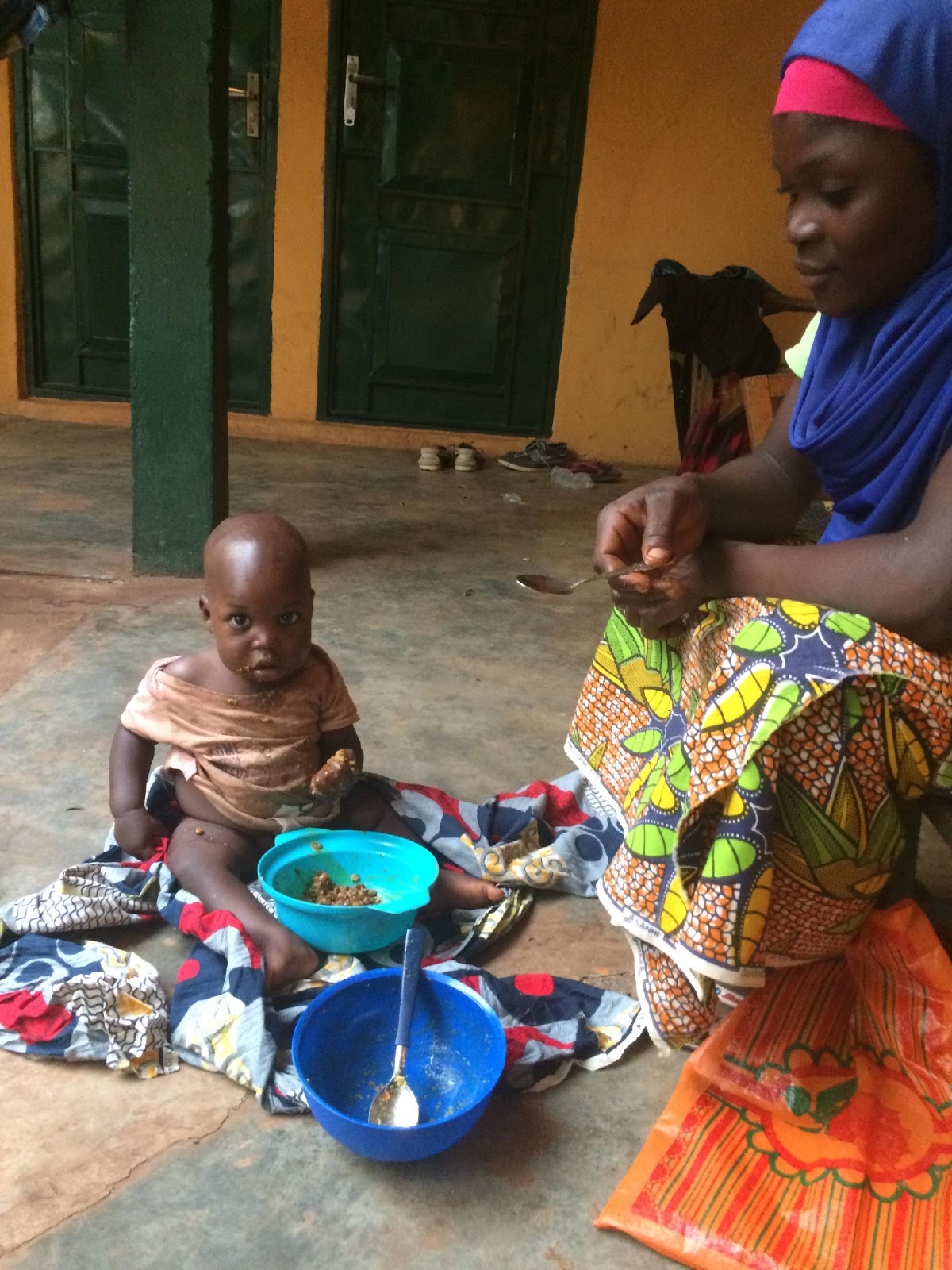
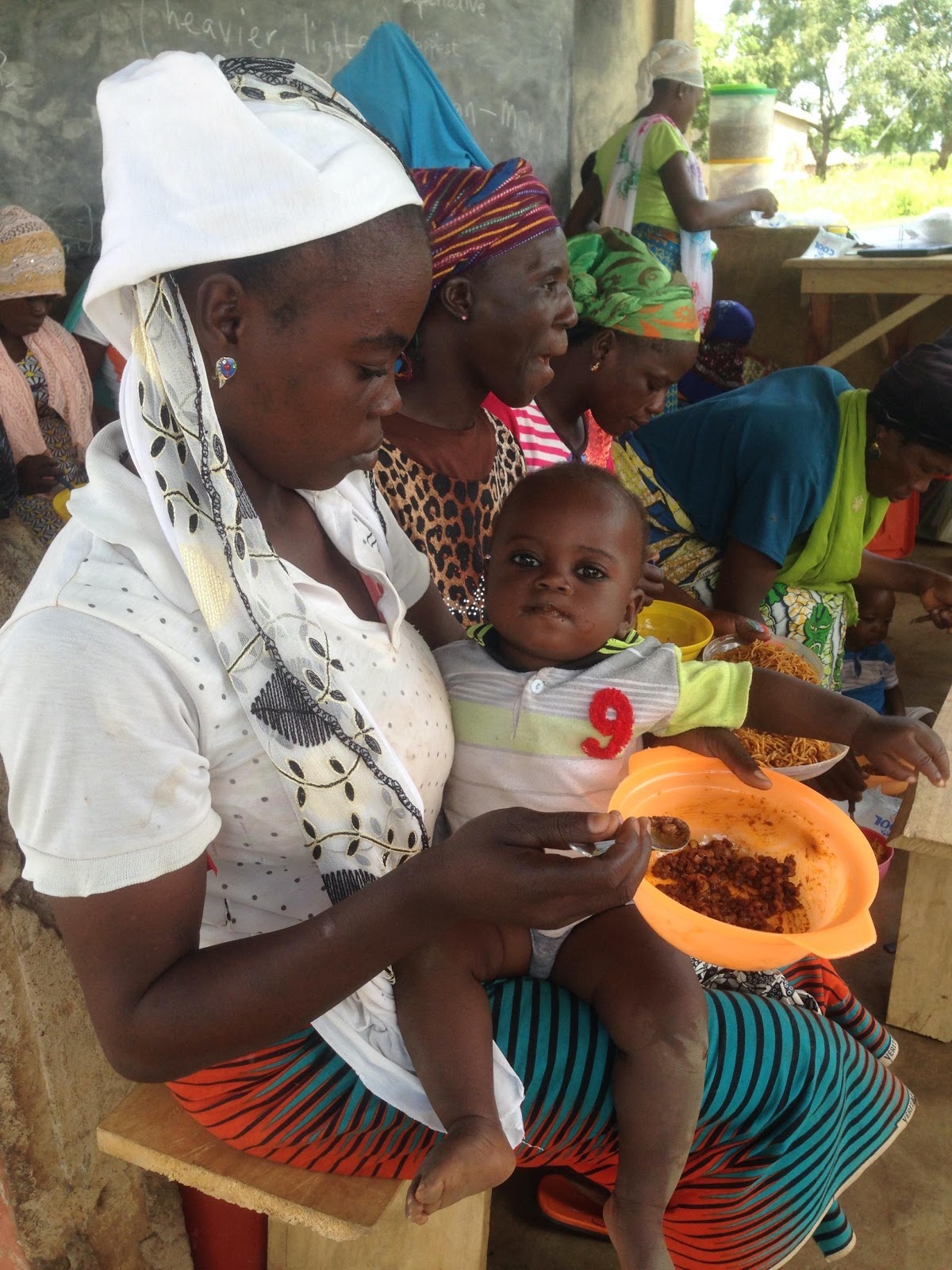
Executive Summary
At present, there is no reliable, convenient way to measure the quantity of cowpea consumed by an individual. This limits the ability to assess the effectiveness of projects which promote legume consumption, as well as compliance of nutrition education efforts. Without reliable consumption data, it is difficult to commit the resources necessary to take cowpea projects to scale in developing countries with any certainty. This project, ‘Measuring Cowpea Consumption’, developed a method using a urinary metabolites unique to cowpea to identify dietary exposure and quantify levels of dietary intake for children and adults. The objective of this project was to identify a novel set of dietary biomarkers that would measure cowpea consumption, be free from participant recall bias, and serve to quantify legume intake. The varieties of cowpea in use in Ghana were first explored. Then a supervised feeding exercise was undertaken in northern Ghana by the PI, Dr. Mark Manary among 20 adults and 20 children. For 5 day periods the subjects consumed a fixed about of cowpea ranging from none to large amounts. Urine and blood samples were collected liberally. These samples were interrogated using untargeted metabolomics to discern patterns of phytochemicals indicative of cowpea consumption in a quantitative manner. Because pigeon pea consumption is inextricably associated with cowpea consumption, this study afforded us the opportunity consider biomarkers for this food as well. And the untargeted metabolomic data yielded insight to the effect of cowpea on human energy metabolism. The deliverable from this start up project is a urinary biomarker for cowpea consumption utilizing 2-hexenoylcarnitine, ginkgoic acid and UNPD175583.
Project Partners
David Taylor Hendrixson- Washington University School of Medicine in St. Louis
Prof. Firibu Saalia- University of Ghana, College of Basic and Applied Science
Prof. Matilda Steiner-Asiedu- University of Ghana, College of Basic and Applied Science
Elizabeth Ryan- Colorado State University
Project Goals and Objectives
Goals:
- Enhance understanding of the metabolic effect of cowpea consumption
- Develop a reliable, convenient method to quantitatively measure cowpea consumption.
Objective
Main: Identify a novel set of metabolites that are indicative of cowpea consumption. These metabolites will be free from participant recall bias, and serve to quantify legume intake.
Specific: Demonstrate a relationship between metabolites identified in study participants urine and blood samples and the quantity of these cowpea varieties consumed. The investigators hypothesize that this approach will yield a suite of 10 metabolites that serve as exposure markers, and with varied abundance over time from both urine and blood matrices.
Overview of Activities
In May 2019, four different focus groups of women were conducted to solicit information on knowledge concerning cowpea and its consumption among households in the selected communities (Sang, Kpuljini and Botingli in Mion District). The findings showed that consumption of cowpea was quite common among the target populations and there were 6 different varieties that were available in the communities. Four varieties, adua, dagbantuya, sangyi and tukara, were selected for the purpose of the study. Preparation of cowpeas were also discussed in order to make palatable recipes for consumption. Enrollment started on July 24th, 2019 and fieldwork was completed in September 2019, prior to COVID-19. Forty study participants were enrolled, 20 pregnant women (>18 years) and 20 children (9 – 21 months). Participants consumed measured amounts of cowpeas in increasing quantities, starting with no cowpeas (Washout period), followed by a low daily quantity (25g for children and 50g for women), then medium daily quantity (50g for children and 100g for women, and finally large daily quantity (75g for children and 150g for women), daily intake increased every 5 days. Urine samples and blood spots were collected during each 5-day period (figure 1).
Figure 1
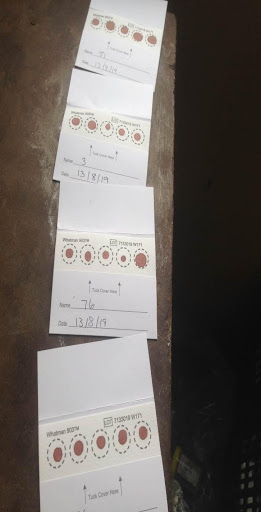
.png?language_id=1)
All participants came to a common location during the study period to answer questions and/or receive their pre-portioned amount of cowpeas. This allowed the research to observe the cowpeas being consumed and record it appropriately. All samples collected, including samples of each bean variety, were transported back to the Manary Lab for processing in August 2019. Samples were then shipped to Colorado State University were they underwent metabolite detection via ultra-performance liquid chromatography tandem mass spectrometry (UPLC-MS/MS) in positive and negative ion mode. A sample of each bean was also collected and transported to Colorado State University for food metabolome analysis.

Accomplishments
Food metabolome: Metabolite profiling was performed on the food to show molecules that would be present in the food ingredient themselves. PCA plot of foods consumed plus navy bean, for comparison, showed a cluster of 3 of the four varieties and a distinct difference with navy bean. The one variety that did not cluster could indicate that one of the four varieties was actually not part of the cowpea family. However, this did demonstrate that there are molecular differences between legume types and even with in the same legume type. Nevertheless, as indicated in the cluster there are some overlap that could identify cowpea in general.

When looking at all the small molecules present in women and children we found two distinct sets. This was not unexpected since we know the metabolic response to any dietary intervention among these populations would differ giving their different physiological state. Conversely, we were attempting to identify one universal biomarker. Since there is no overlap, the biomarker will not be the same for both children and women.
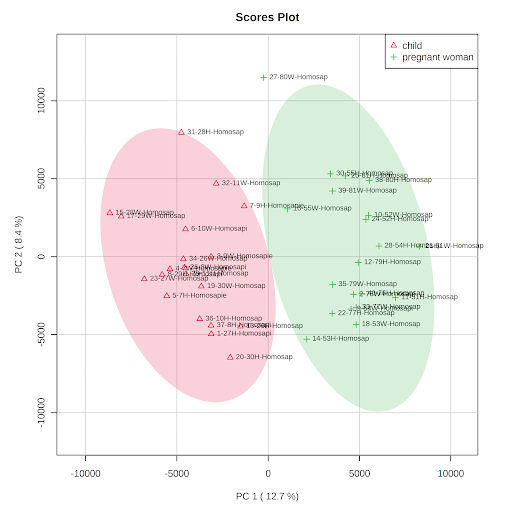
When comparing the urine metabolism in washout period (green) versus high (red) for children and women separately in the PCA plots below we were looking for small molecules present in the high that were lacking in the washout period. In both sets of women and children and both sets of cowpea varieties molecules were present that were not present at washout.
Dagbantuya + Sangyi (DS)
Children
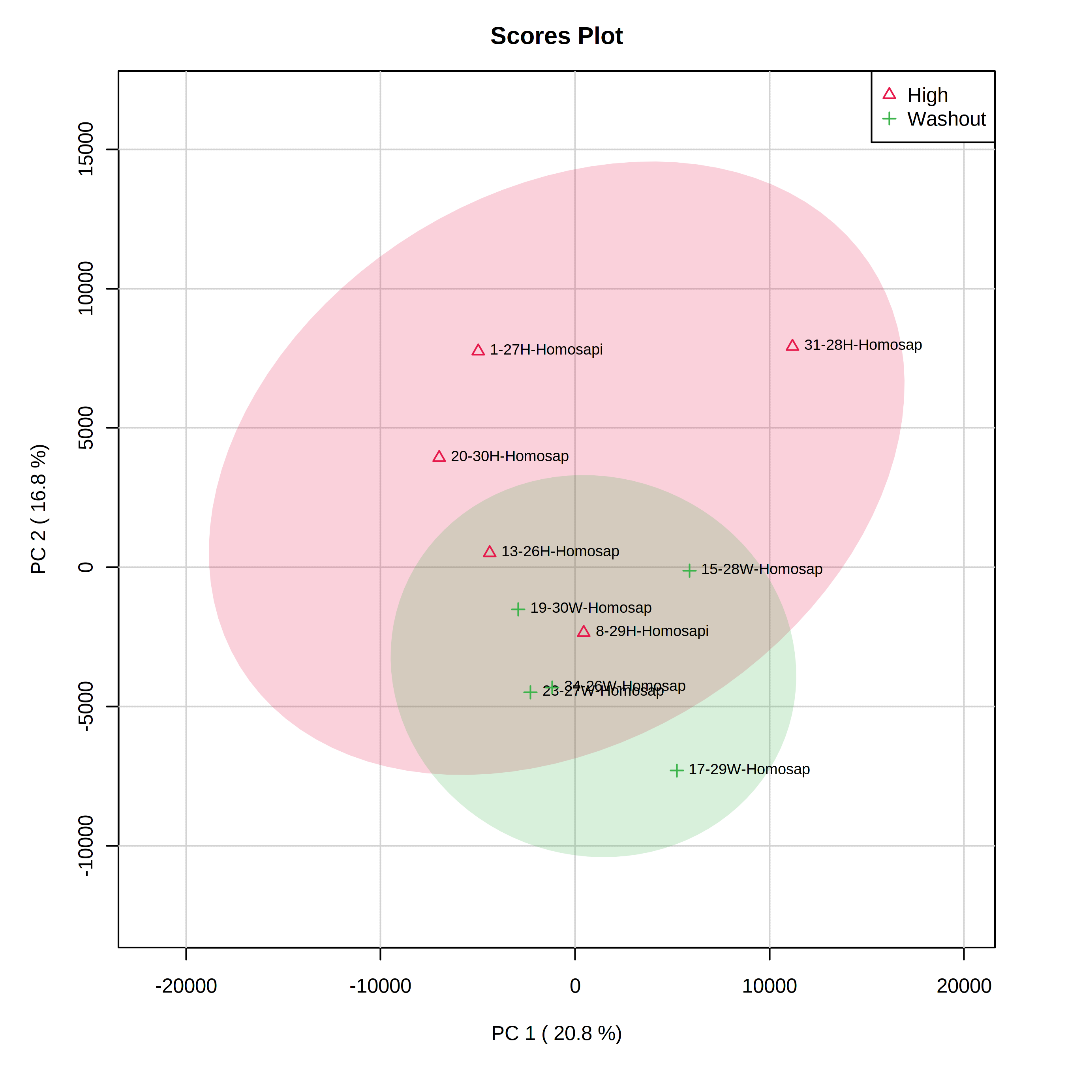
Women
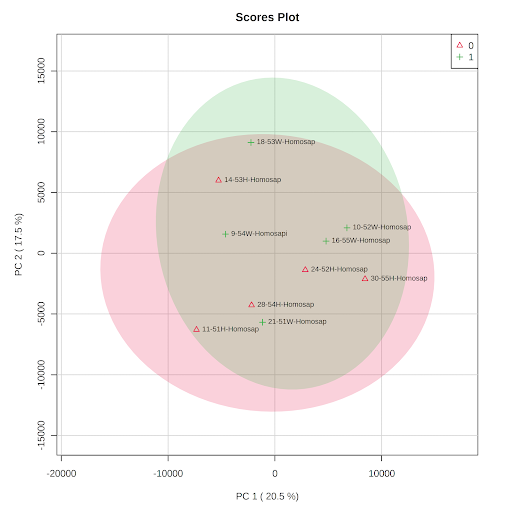
Tukara + Adua (TA)
Children

Women
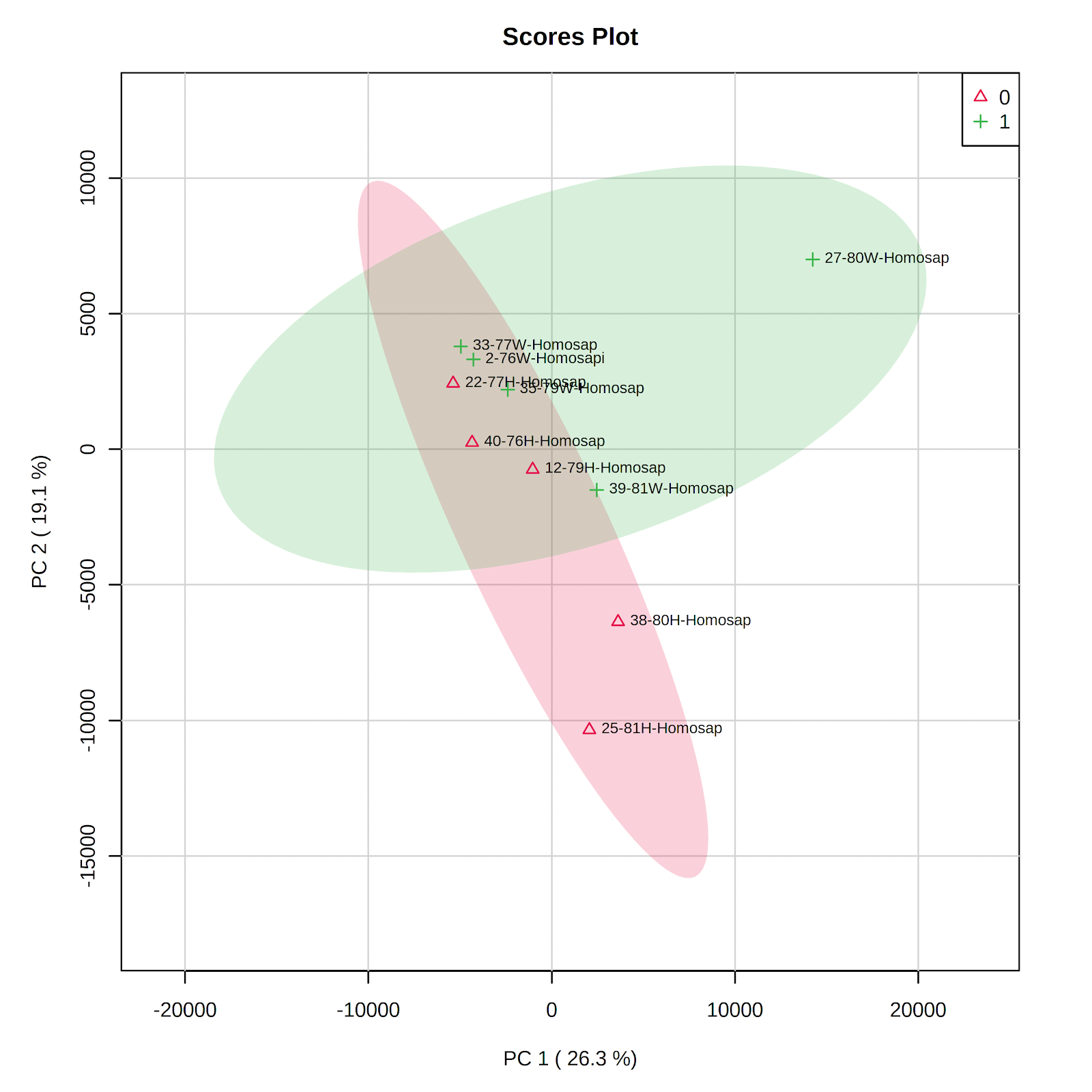
Another visual of looking at shared metabolites in the Venn Diagram, figure to right, of both women in children, indicates an overlap of the metabolites in urine of women and children with two common elements, 2-Hexenoylcarnitine and Ginkgoic acid, metabolites for the Dagbantuya + Sangyi (DS) and one common element, UNPD175583, for the Tukara + Adua (TA).
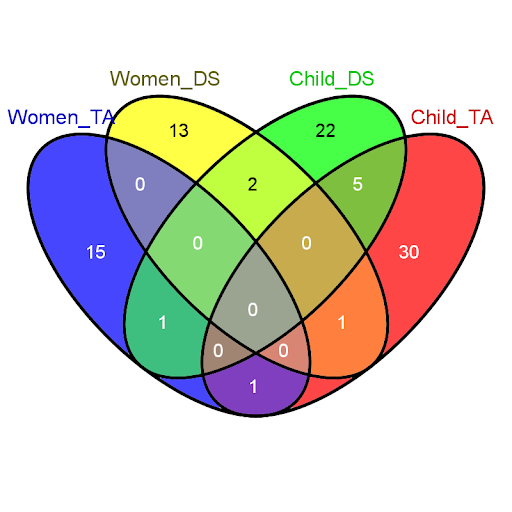
Through the process we were able to identify 10 candidate biomarkers for cowpea consumption. These 10 biomarkers include phytochemicals unique to plants and other biomarkers that tell us what the effect is of cowpea in human metabolism and provides insight into how cowpeas strengthen human nutrition. In addition, 4 variety specific biomarkers were identified. Variety biomarkers could prove to be an important tool if a variety is shown to be more nutritious or offer agronomic advantages. Although initially we hoped to discover a single unique molecule in a cowpea that was not in any other plant and was stable in appearing in the urine, this molecule did not seem to exist. We were successful in identifying a biomarker. We discovered a set of molecules that change in a coordinated pattern in respect to each other, a suite of molecules that can be used in place of our desire for a unique single molecule. As shown below for both women and children and for both sets of cowpeas.
Tukara + Adua (TA)
Children
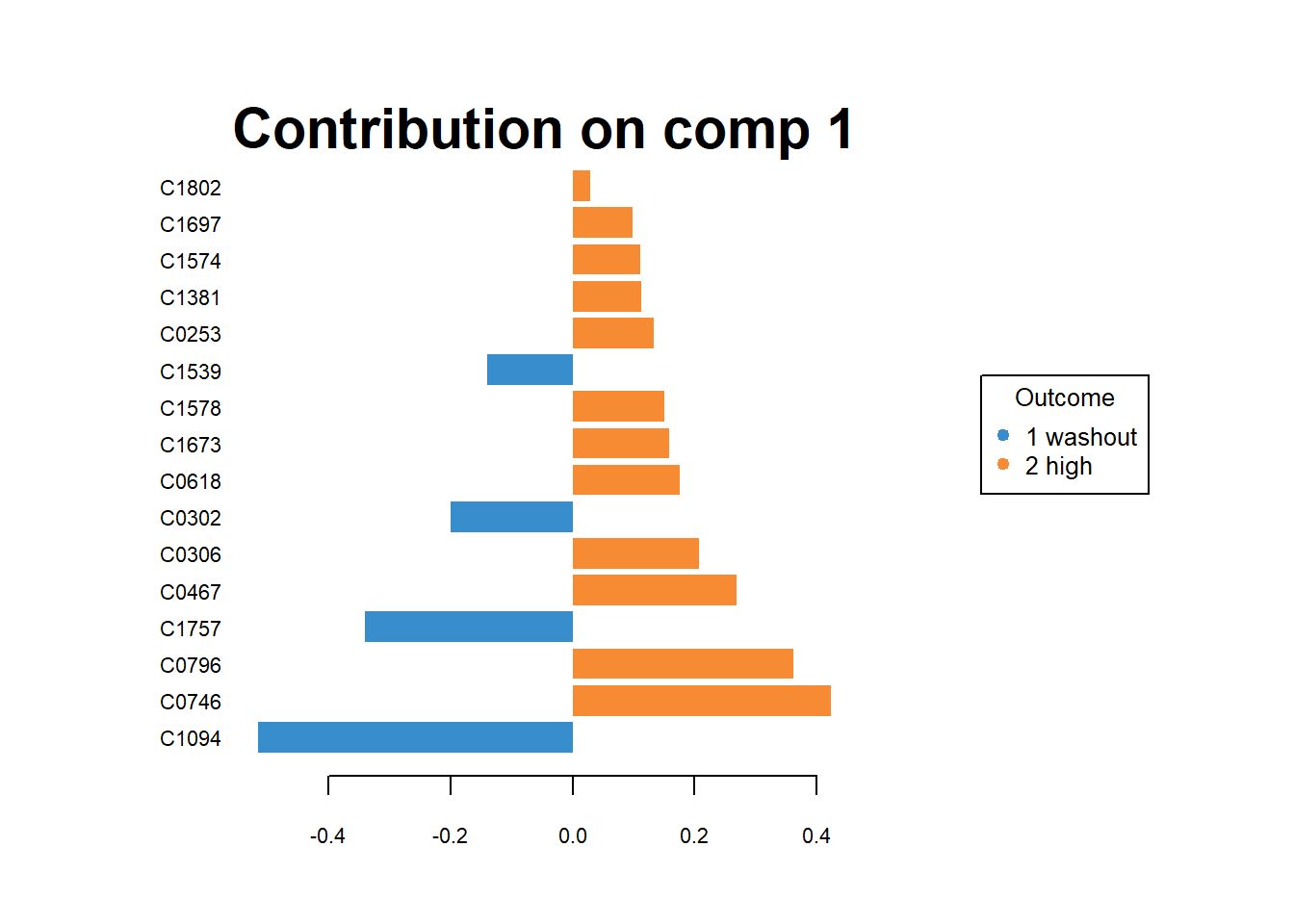
Women
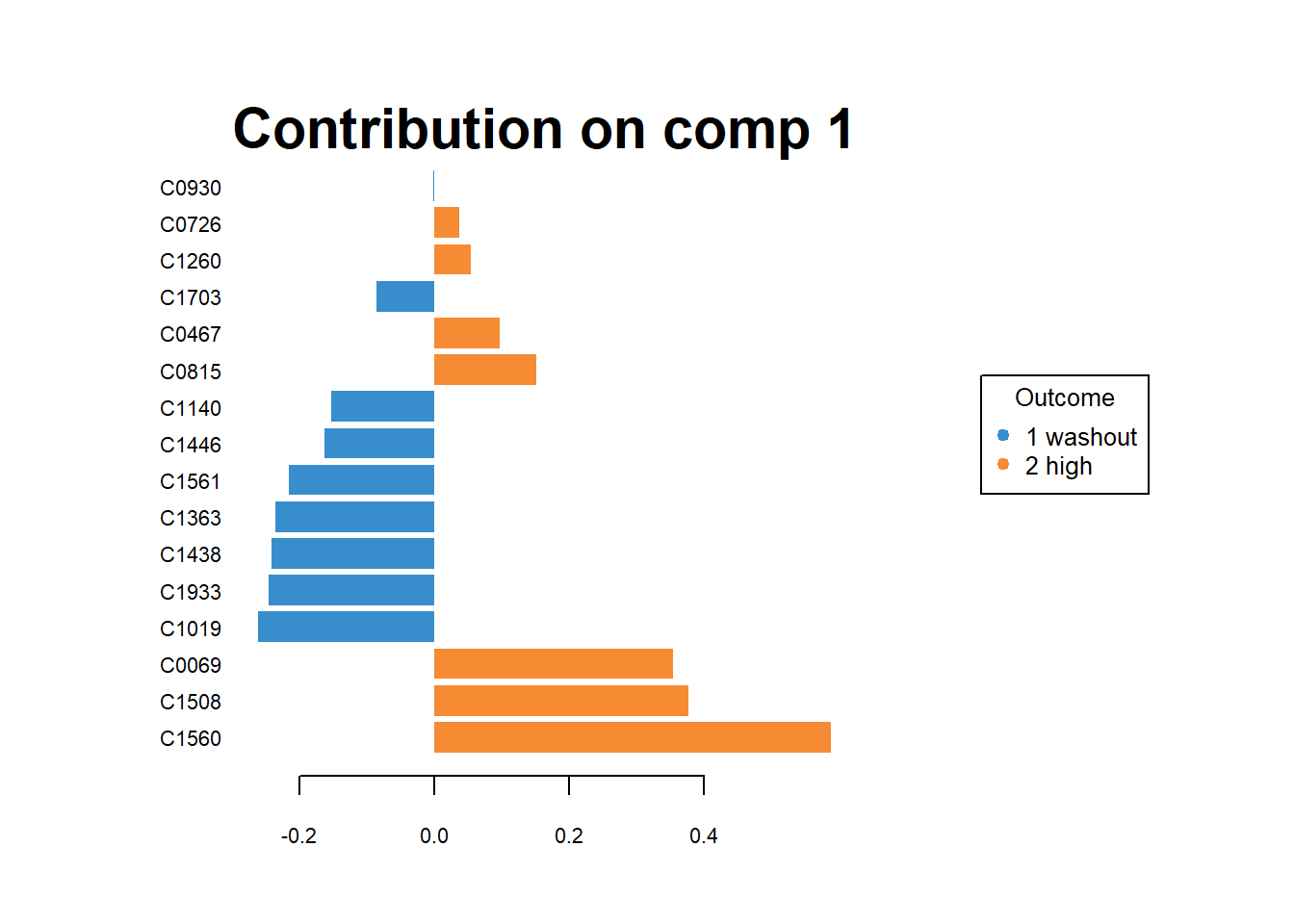
Dagbantuya + Sangyi (DS)
Children
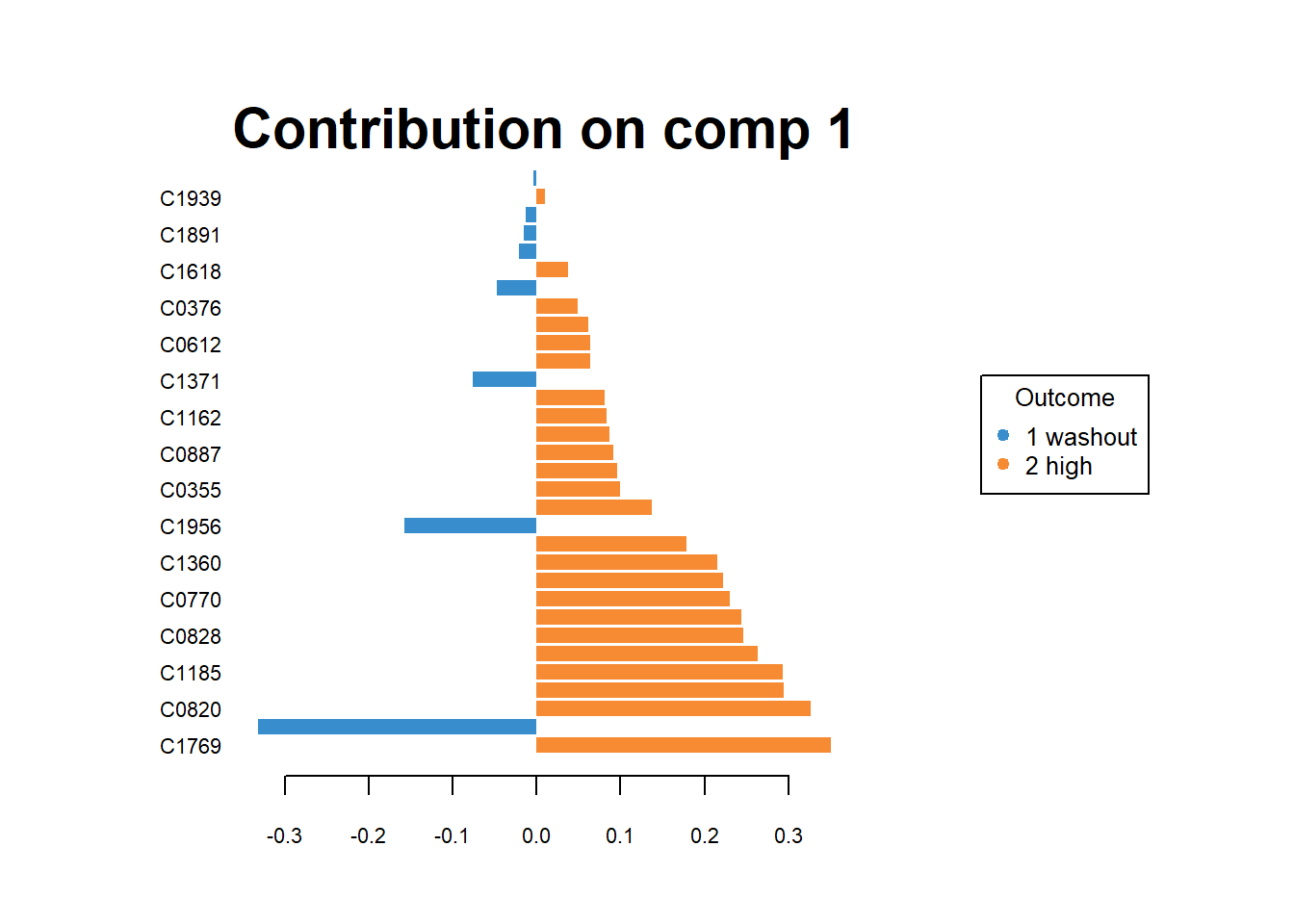
Women
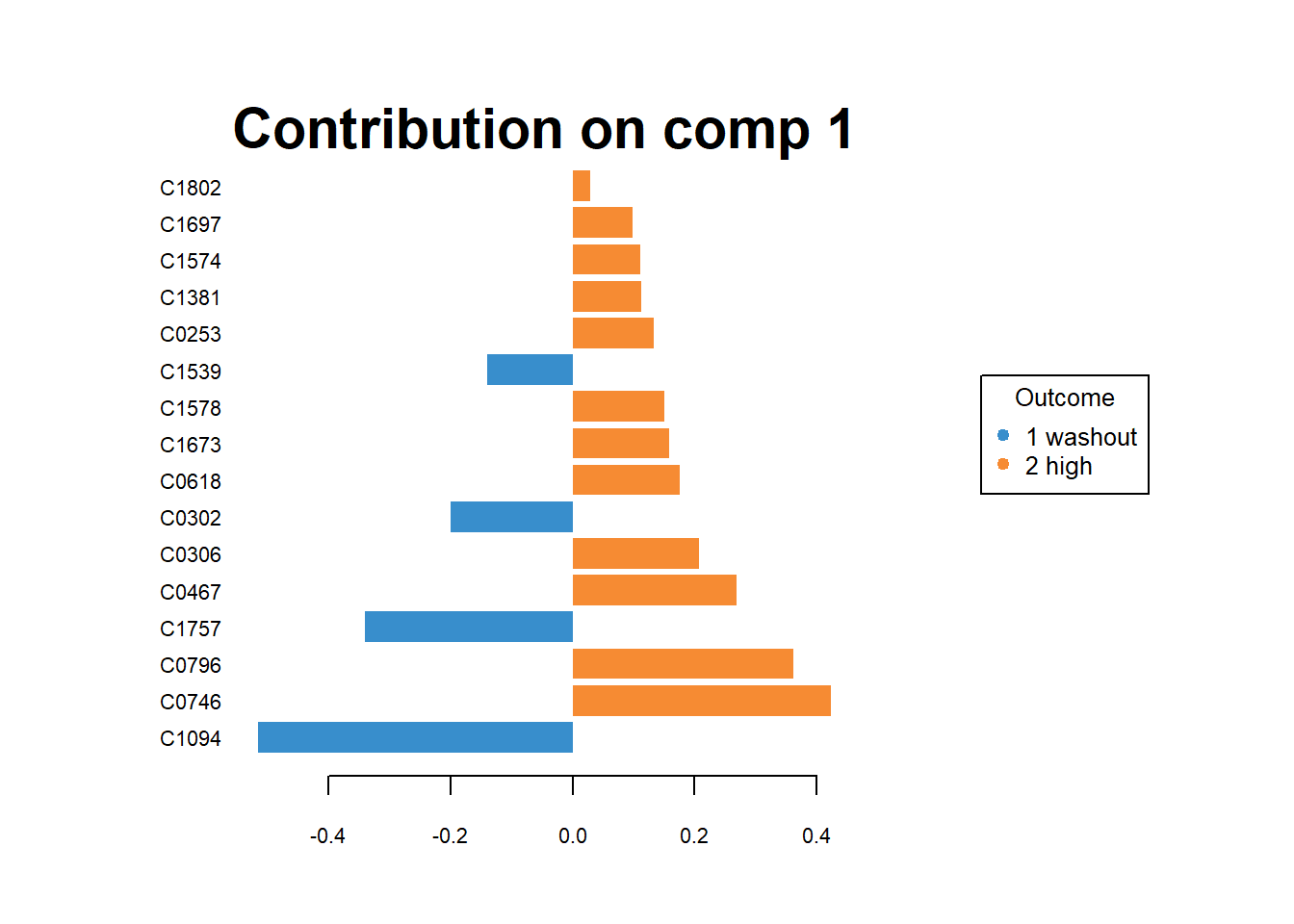
Therefore, pairwise comparisons for both women and children, for each diet, demonstrated a suite of metabolite biomarkers.
Utilization of Research Outputs
The next step will be to quantify these biomarkers in a large sample set with commercial standards. Currently several papers are in progress and will published providing this information to the scientific community.
Further Challenges and Opportunities
Precision nutrition with future efforts to capture the multiple dynamic of the human diet with a reliable measurement for dietary intake is possible. This precision data would reduce the time and inconsistency associated with the current dietary recall.
Through the process we were able to identify 10 candidate biomarkers for cowpea consumption. These 10 biomarkers include phytochemicals unique to plants and other biomarkers that tell us what the effect is of cowpea in human metabolism and provides a little insight into how cowpeas strengthen human nutrition. In addition, 4 variety specific biomarkers were identified. Variety biomarkers could prove to be an important tool if a specific variety is shown to be more nutritious or provide a benefit.
We anticipate the publication of 3 scientific papers in the next 12 mo.



 Print
Print Email
Email